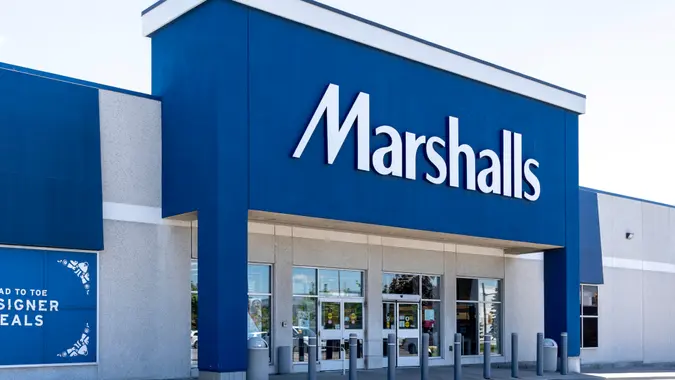I’m a Real Estate Expert: 4 Repairs You Need To Do Before Retirement

Commitment to Our Readers
GOBankingRates' editorial team is committed to bringing you unbiased reviews and information. We use data-driven methodologies to evaluate financial products and services - our reviews and ratings are not influenced by advertisers. You can read more about our editorial guidelines and our products and services review methodology.

20 Years
Helping You Live Richer

Reviewed
by Experts

Trusted by
Millions of Readers
Your home is likely your biggest asset heading into retirement. Neglecting maintenance now means watching value evaporate or facing emergency repairs on a fixed income later.
Gerard Liguori, owner and broker at Premier Estate Properties with over 30 years of experience, said proactive maintenance safeguards your investment and ensures the highest possible return when selling or retiring.
“Your most valuable and prized asset, your home, should always be properly maintained to preserve and protect its long-term value,” Liguori explained. “Proactive maintenance not only safeguards your investment but also ensures you achieve the highest possible return when it comes time to sell or for retirement.”
Here are the four critical repairs Liguori said homeowners must address before retirement.
Replace or Repair Your Roof
Liguori called the roof “the foremost line of defense protecting your home.” Minor roof repairs run $1,000 to $10,000 depending on the extent of damage. Full replacement, depending on size and materials, can exceed $80,000.
A sound roof prevents costly water intrusion and structural damage that multiplies repair costs exponentially. Water leaking through a damaged roof destroys insulation, rots framing, damages ceilings and walls, and creates mold problems that cost tens of thousands to remediate.
Most roofs last 20 to 30 years depending on materials. If yours is approaching that age, replace it before retirement rather than gambling on it lasting through your retirement years. Emergency roof replacement on a fixed income can be financial disaster.
Seal and Maintain Windows and Doors
Liguori emphasized that exterior openings are equally vital to preventing moisture and air infiltration. “Proper sealing and maintenance help avoid damage to interior walls and flooring, while also improving energy efficiency and comfort,” he said.
Failing window seals allow water penetration that damages walls, floors and window frames themselves. Air leaks force HVAC systems to work harder, increasing energy bills that strain retirement budgets.
Window and door maintenance costs vary widely. Resealing and weatherstripping existing units might cost a few hundred dollars. Replacing old single-pane windows with energy-efficient double or triple-pane versions runs $300 to $1,000 per window depending on size and quality.
Service or Replace HVAC Systems
Liguori warned that HVAC system failures cost several thousand dollars to repair, while complete replacement of a standard 4-ton unit can approach $10,000.
“Regular service of HVAC systems can prevent failures,” he advised. Annual HVAC maintenance costs $100 to $200 but can help you catch problems before they become expensive emergencies.
Air conditioning and heating systems typically last 15 to 20 years. If yours is over 10 years old, start planning replacement before retirement. Modern systems are dramatically more energy efficient than units from even a decade ago, reducing monthly utility bills substantially.
Installing a new system while working allows financing over time or saving up without impacting retirement income. Facing a $10,000 emergency AC replacement in your 70s during a heat wave is exactly the financial shock retirees can’t afford.
Update Plumbing and Electrical Systems
Liguori said timely repairs of leaks or outdated electrical components prevent extensive and costly issues. “While many fixes may cost only a few hundred dollars, full upgrades to meet current code, such as replacing a breaker panel, can reach into the thousands,” he explained.
Plumbing problems escalate fast. A $200 pipe repair avoided today becomes a $5,000 water damage restoration project tomorrow when that pipe bursts and floods rooms. Electrical issues create fire hazards that threaten both safety and home value.
Homes built before 1990 often need electrical panel upgrades to handle modern appliance loads. Outdated panels can’t safely power today’s electronics, appliances and HVAC systems. Plumbing in homes over 30 years old may have galvanized pipes prone to corrosion and failure. Take care of it now and rest easy in retirement.
 Written by
Written by  Edited by
Edited by 

























